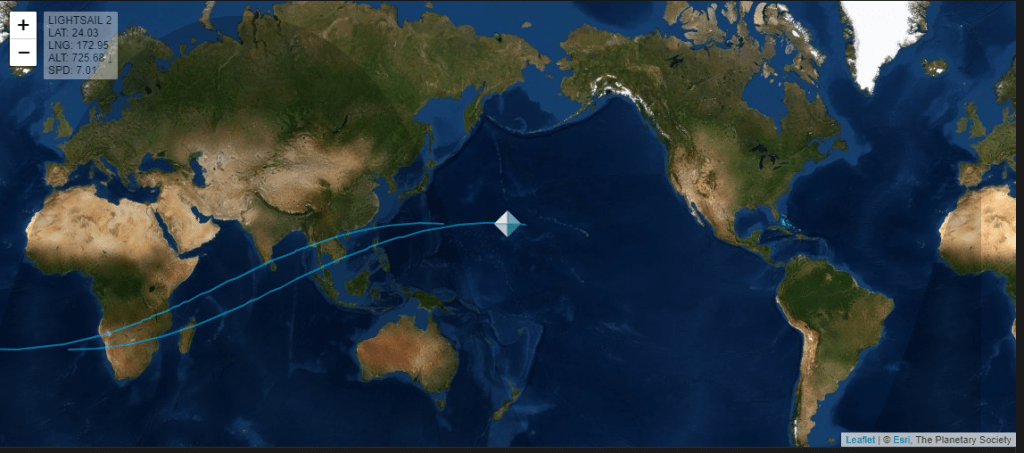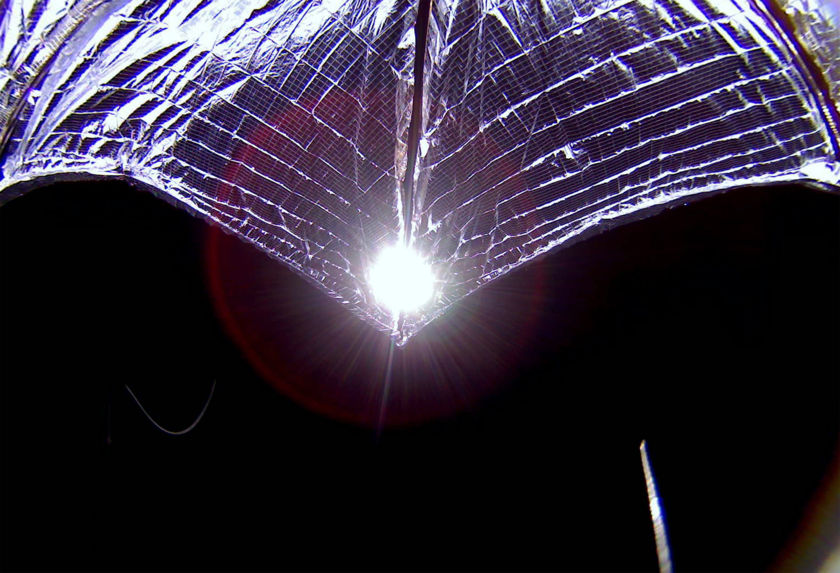Good news from The Planetary Society: LightSail 2’s solar sail is functioning as intended. After launching on June 25th, then deploying its solar sail system on July 23rd, mission managers have been working with the solar sail to optimize they way LightSail 2 orients itself towards the Sun. Now The Planetary Society reports that the spacecraft has used its solar sail to raise its orbit.
“We’re thrilled to announce mission success for LightSail 2.”
Bruce Betts, LightSail Program Manager, Chief Scientist, Planetary Society.
It’s been a long journey for The Planetary Society, the world’s largest non-governmental space organization. Their solar sail work started back in 2005 with the Cosmos 1 solar sail spacecraft. Unfortunately that mission failed when its Russian launch vehicle never made it to orbit. LightSail 1 was launched as an engineering mission to test solar sail deployment, and it was a successful demonstration mission, but it never actually sailed.
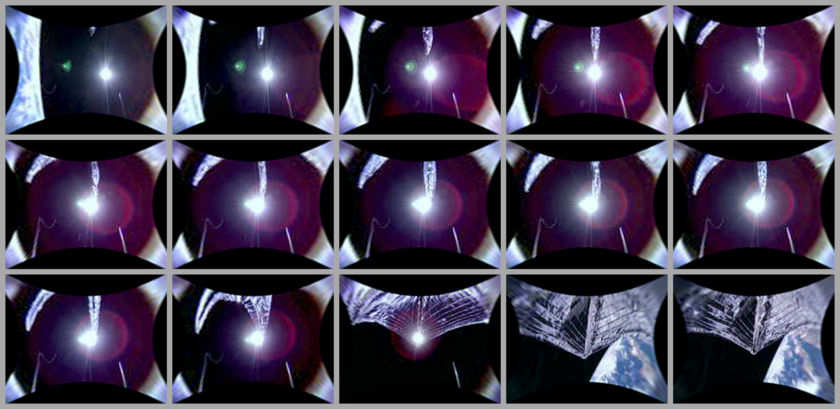
Now, all the hard work has paid off with the success of LightSail 2.
LightSail 2 deployed its solar sail system last week, and so far the spacecraft has raised its orbit by about 2 kilometers (1.24 miles.) The LightSail team has confirmed that this altitude increase is due to solar sailing, so that means mission accomplished for the tiny spacecraft.
“For The Planetary Society, this moment has been decades in the making.”
Bill Nye, Planetary Society CEO.
“We’re thrilled to announce mission success for LightSail 2,” said LightSail program manager and Planetary Society chief scientist Bruce Betts, in a report on the Planetary Society’s website. “Our criteria was to demonstrate controlled solar sailing in a CubeSat by changing the spacecraft’s orbit using only the light pressure of the Sun, something that’s never been done before. I’m enormously proud of this team. It’s been a long road and we did it.”
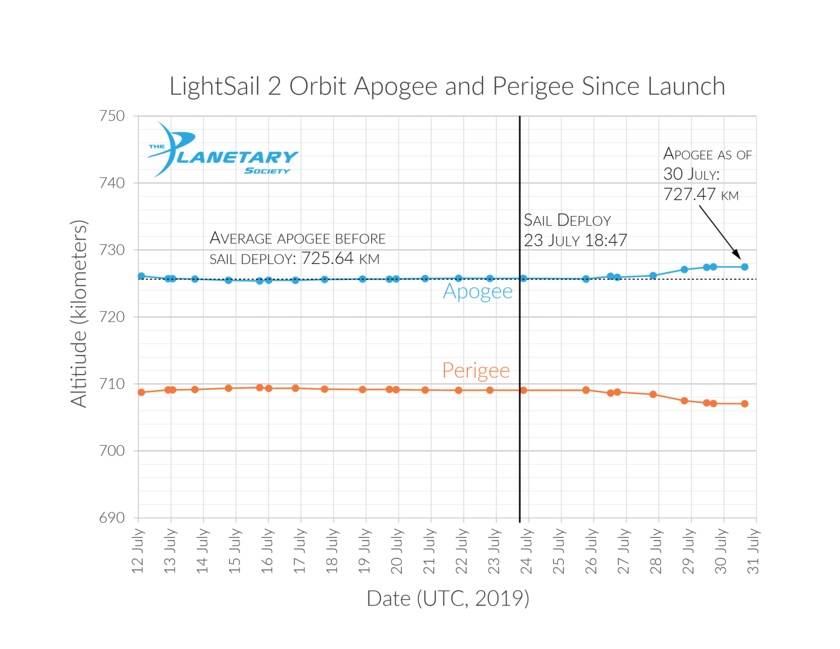
LightSail 2 is the first spacecraft to successfully use solar sailing to propel itself in Earth’s orbit. However, it’s not the first solar sail spacecraft to ever fly. That honor belongs to Japan’s IKAROS, the first spacecraft to use solar sails as its main propulsion system. IKAROS was launched in 2010 and as of 2013 it had gained about 400 m/s of velocity from its sails.
But IKAROS was a government-funded mission, launched by the Japan Aerospace Exploration Agency (JAXA.)
The Planetary Society is a non-governmental agency and a registered charity, and crowd-funding played a huge role in their LightSail program. The program has cost about $7 million USD in ten years, and remarkably, about 40,000 individual donors supported the project. There was also a Kickstarter campaign in 2015 that generated $1.24 million.
“This moment could mark a paradigm shift that opens up space exploration to more players.”
Jennifer Vaughn, Planetary Society COO.
“LightSail 2 proves the power of public support,” said Planetary Society COO Jennifer Vaughn. “This moment could mark a paradigm shift that opens up space exploration to more players. It amazes me that 50,000 people came together to fly a solar sail. Imagine if that number became 500,000 or 5 million. It’s a thrilling concept.”
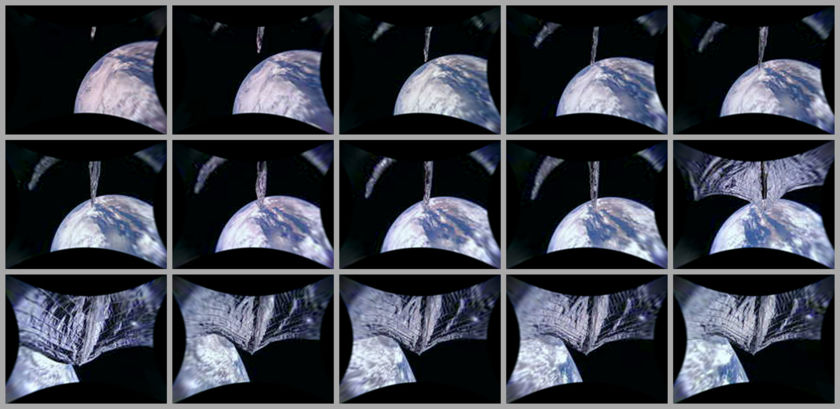
“For The Planetary Society, this moment has been decades in the making,” said Planetary Society CEO Bill Nye. “Carl Sagan talked about solar sailing when I was in his class in 1977. But the idea goes back at least to 1607, when Johannes Kepler noticed that comet tails must be created by energy from the Sun. The LightSail 2 mission is a game-changer for spaceflight and advancing space exploration.”
This success is about more than just the Planetary Society, though. They’re sharing all their data with other agencies and organizations. They’re presenting LightSail 2 results at the 5th International Symposium on Solar Sailing in Germany this week. And NASA is using LightSail 2 results on their NEA Scout mission, which is sending a solar sail-powered CubeSat to a near-Earth asteroid, possibly as early as next year.
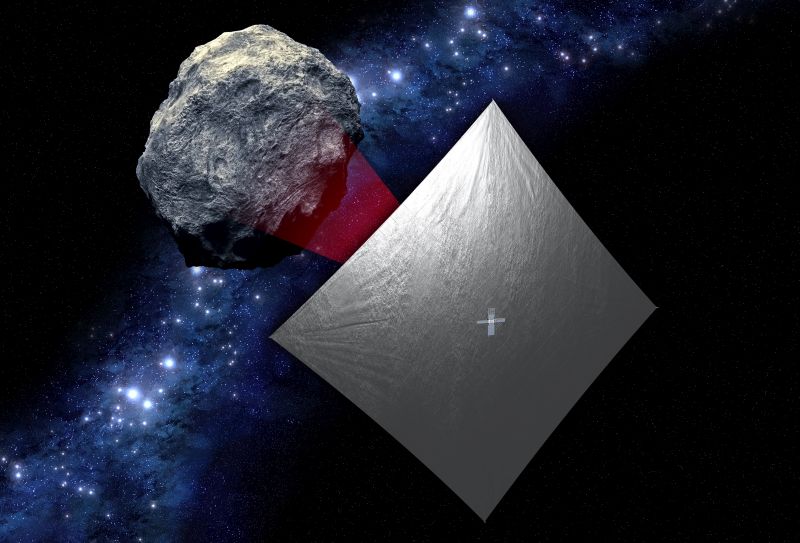
LightSail 2’s orbit-raising phase will last about one month. After that, the spacecraft will begin de-orbiting. In about a year, it will enter the atmosphere and will burn up. And that’ll be it for this ground-breaking mission.
The reflective Mylar solar sail, which is about the size of a boxing ring, is visible for some Earthlings at dawn and dusk. You can check to see if it’s visible from your location at the Planetary Society’s mission control dashboard. It’s a good resource for tracking the spacecraft’s path above Earth.
